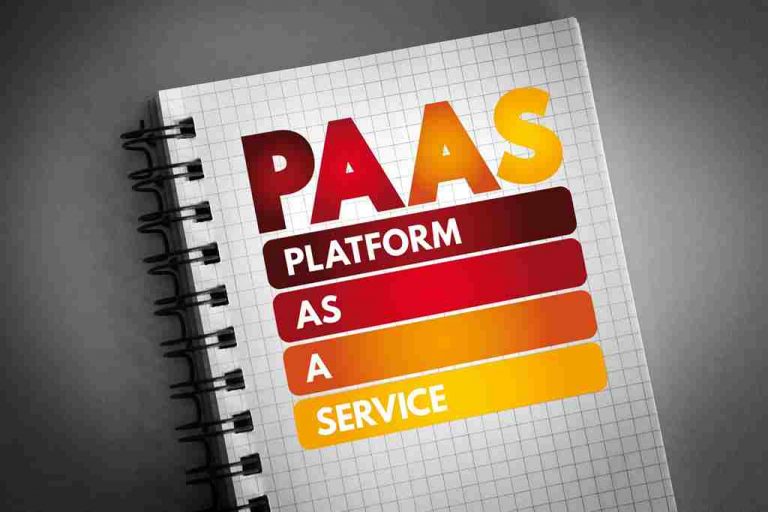At the start, SEO specialist Daisy is unsure if she needs to ask editor Stella about the keywords she wants to suggest for the content. But Stella gives direct guidance about the direction the team needs to go — and she sticks to it. The group — not yet a team — needs to work together to make their content rank high on the first page of Google. It’s part of an attempt to draw thousands of new readers to the company’s website. Yet, the position of this unofficial leader may also be occupied by the strongest authority figure in the team.
Uncertainty is high during this stage, and people are looking for leadership and authority. A member who asserts authority or is knowledgeable may be looked to take control. Team members are asking such questions as “What does the team offer me? At the end of the project, set up an online meeting where team members come together to discuss the entire project, from the successes to the frustrations. Ask them to prepare examples beforehand outlining what worked and what didn’t, and then give each person five minutes to share their thoughts.
Contents
Dimensions Team Building Activity
So, team members have grown fully accustomed to each other’s workflows. They respect and acknowledge each other’s skills, talents, and experience. In fact, they trust that everyone involved will do their share of the work. In this stage, you and your team get to enjoy synergy — a state where work flows smoothly. During one lunch on an especially productive day, everyone even gets an adorable nickname – for example, Adam becomes the Godly Scribe, and Daisy becomes their SEO Wizard. Similar problems arise occasionally — but the way the team handles them creates an atmosphere of trust and confidence.
- As individuals become acclimated to their new environment, leaders should work to create a clear team structure so everyone has a good understanding of their roles.
- On another occasion, Daniel invents the team’s anthem — which reflects everyone’s tendency to arrive to meetings 2 minutes after the agreed time and then apologize about it too much.
- Sometimes the right marketing is all a product needs for the magnet effect.
- The ideal situation here is not to avoid discussions and conflicts from happening entirely, but to ensure they are productive, respectful, and result in practical takeaways.
- If teams get through the storming stage, conflict is resolved and some degree of unity emerges.
- It’s vital to stay alert to team dynamics and both individual and group performance – you may want to course correct or further strengthen certain aspects of how your team works together.
You want your employees to function as a team, but you also need to remember that they are individuals with unique backgrounds. They succeeded in life without your assistance and most likely led active, exciting lives outside of work. It’s essential to avoid seeing new team members as nothing more than automatons who execute duties. A good team what are the stages of team development environment develops when people are recognized, valued, and appreciated for their unique skills and capacity to contribute to your shared goal. Participating in team development benefits the team in a variety of ways. Individual team members learn more about their potential, responsibilities, and how to operate dynamically within the group.
How to help your team through the stages of team development
We all perceive things in our own unique way based on past experience and what we know now. When it’s time to celebrate meeting a milestone, consider indulging in a team dinner or day out doing something fun together. And, now that you’ve figured out established practices that help you collaborate effectively, share those with other teams. Norms are only effective in controlling behaviors when they are accepted by team members. The level of cohesiveness on the team primarily determines whether team members accept and conform to norms. Team cohesiveness is the extent that members are attracted to the team and are motivated to remain in the team.

Norms result from the interaction of team members during the development process. Initially, during the forming and storming stages, norms focus on expectations for attendance and commitment. Later, during the norming and performing stages, norms focus on relationships and levels of performance. Performance norms are very important because they define the level of work effort and standards that determine the success of the team. As you might expect, leaders play an important part in establishing productive norms by acting as role models and by rewarding desired behaviors. Teammates move beyond the introductory forming stage and start putting plans into action.
Key actions to support Performing
At this point, teammates have built up enough trust to feel safe sharing honest opinions with the others. In terms of the dating metaphor, this stage is akin to a couple’s first fight, a disagreement over something silly like a comment over a movie or a mess in the sink. Though a team leader’s first instinct may be to play peacekeeper and sidestep an argument, navigating conflict resolution is an essential step in a team’s growth. Learning how to handle dissonance early strengthens a team and readies teammates to overcome more complex challenges with grace.

The New Product Development (NPD) process is about grabbing the market opportunity that revolves around customer needs, checking the idea’s feasibility, and delivering working software. However, members of a productive team aim to address their disagreements constructively. Brier Cook is a seasoned communications expert with a Bachelor’s degree in Journalism from Carleton University. As an Engagement Strategy Advisor for Carleton University, she leverages creative marketing to address business challenges. Her multifaceted experiences enrich her content, making it both insightful and engaging.
Scaling success
At this stage, teams solve pressing challenges, work through projects, and begin making significant strides towards their goals. Individuals may demonstrate a “can do” attitude and feel in sync with their peers the most during this time. Employees should also have a good understanding of how their individual knowledge and skills can contribute to the group’s overall success. Leaders can motivate employees in stage four by celebrating their accomplishments and tracking team progress. While all phases of team building are important, many leaders consider storming to be the most important stage of team development.
Setting a goal, even before you start working together, establishes some ground rules to focus on and ensures that everyone is on the same page and moving towards the same goal. The five stages of group development, according to Bruce Tuckman’s model, are forming, storming, norming, performing, and adjourning. Net Solutions is a strategic design & build consultancy that unites creative design thinking with agile software development under one expert roof. Founded in 2000, we create award-winning transformative digital products & platforms for startups and enterprises worldwide. This is better than the waterfall approach as it allows for to-and-fro movement across the product development cycle as new user requirements emerge.
Stage #5 — The Adjourning Stage
As a team lead, it’s your goal to get your team to this stage as quickly as possible. In this stage of group development, individual members are just getting to know each other and don’t have a group process yet. At this stage, the group isn’t very productive, as they’re still getting acclimated and figuring out the role that each person will play on the team. As a team leader, it’s your goal to support and empower your team to help get their highest-impact work done. When your team members feel comfortable with each other, it’s easier to collaborate and work together.

Get in touch in the comments section below and share your experiences with the community. Reflecting on how perspectives and working practices have changed and been positively affected by individual and group effort can reveal great learning points for the future. Though this activity can be used as a debriefing exercise at the end of a project, it can also be effective at surfacing the positive outcomes of initiatives like moving a team from Norming to Performing. It’s also a great way of reinforcing how far you’ve come as a group and to celebrate how you’ve grown. By documenting the individual and group responses, you can begin to chart how attitudes have changed and improved and thus understand how you can do so again in the future.
Conflict Resolution Tools
Team effectiveness is enhanced by a team’s commitment to reflection and on-going evaluation. In addition to evaluating accomplishments in terms of meeting specific goals, for teams to be high-performing it is essential for them to understand their development as a team. During this, the team’s commitment to its goal and its members’ skill levels are pretty strong. They discuss group and personal processes and know one another’s strengths and flaws. And while conflicts and obstacles continue to emerge, they are handled well. Learning how to work successfully with others is known as team development.

Leave a Reply